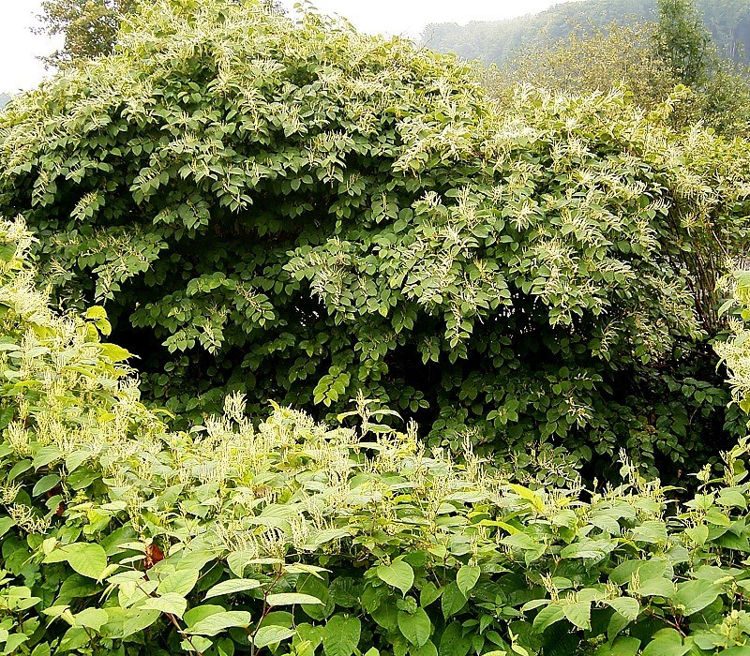Japanese Knotweed – An Invasive Plant That Is Proving Impossible to Control

With weedkillers more advanced than we’ve ever had and significant technological progress, it seems unlikely that any plant could cause major socioeconomic problems, at least in developed countries. That’s what makes the Japanese Knotweed so fascinating. Despite humanity’s best efforts to eradicate or at least control this resilient invasive plant, it continues to spread across […]
